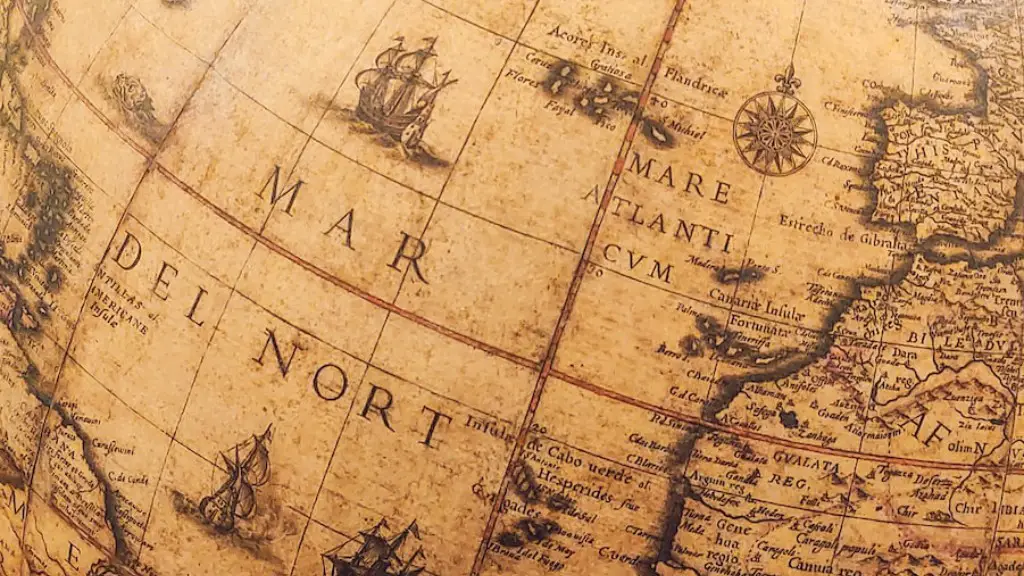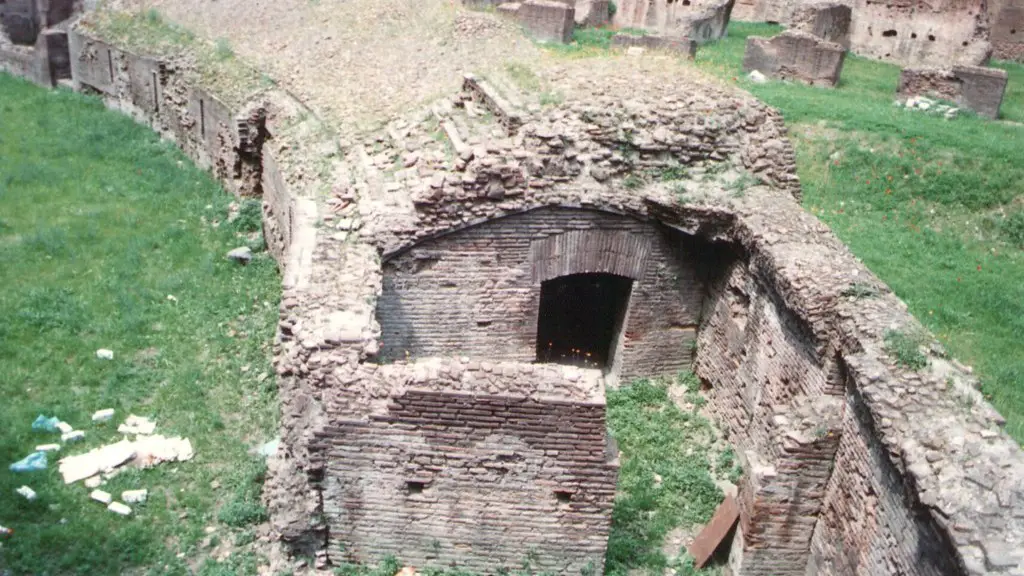Back in Ancient Rome, the need for writing was extremely important for business and legal matters. But the most common tool for writing, the pencil, was not invented yet. The question is then how did the Romans write? The answer is surprisingly versatile and creative.
The most common medium of writing used by the Romans was a stylus, a metal writing device with a pointed end like a pencil, that could either be made of brass, bone, or iron. Some were made with a double-ended tip, which allowed both sides to be used. Styluses were used to write on papyrus, wax tablets, and sometimes even stone. The stylus was used to “cut into” the individual thin sheets of papyrus that were then glued together to make a scroll. Using the stylus also had the advantage of erasing what was written simply by rubbing it with the flat side of the tool.
The Ancient Romans also used ink for writing. They created special ink tablets with a paste-like mixture for writing documents. This ink was made by mixing iron salts with wine vinegar and sometimes egg yolk. It was then mixed with water and applied to the writing surface. In some cases, the ink was mixed with oil or other ingredients to create a more concentrated pigment. Furthermore, the ink could also be mixed with different colors to form various shades.
In addition to the use of styluses and ink, the Romans also relied on parchment and vellum for writing. These materials were made of thin sheets of animal skin, usually sheep or goats, which were often treated with salt, lime, and other chemicals to give it a smooth finish.
Ultimately, given the limited tools of the time, the Ancient Romans were quite creative in their writing styles. From using styluses and ink on parchment to wax tablets, they found a variety of different ways to record information. Much of what we know about Roman civilization came from these writings that they left behind.
The Impact of the Stylus
The stylus was a key tool used by the Ancient Romans for their writing needs and was highly versatile. It was the primary tool used to write on papyrus, allowing the Romans to easily create scrolls and books. It was also used to write on wax tablets and stone, giving them a wide range of writing surfaces. The Romans were very innovative in their use of tools and strategies to write, which no doubt helped them preserve their culture.
Furthermore, the stylus was also beneficial in terms of writing styles. Being able to erase mistakes with the flat side of the stylus was convenient and helpful, which was highly beneficial for those writing in Latin. This writing tool also allowed for beautiful, elaborate handwriting and calligraphy, which helped the Romans communicate in an artistic way.
The use of the stylus had a tremendous impact on Roman civilization. Without this versatile tool, it would have been much more difficult for them to write, which would have had a huge impact on the way their society functioned. It is amazing to consider how this simple tool played a crucial role in the development of the Roman Empire.
Ink and Its Advantages
In addition to the use of the stylus and parchment, the Romans also employed the use of ink. This was a highly beneficial resource as it provided a way to easily and quickly create documents. Ink was made from a mixture of iron salts, wine vinegar, and sometimes egg yolk, which could be mixed with water and other ingredients to create a concentrated pigment.
Ink was especially useful for writing legal documents, as it provided a long-lasting, permanent mark on the writing surface. This was important for the long-term preservation of written records, which were often kept for future generations to use. Furthermore, the ink could be combined with different colors, which provided another way for the Romans to express themselves through writing.
Having access to ink further helped the communication among the Ancient Romans. Without it, many documents would have had to be written or rewritten manually, which would have been a laborious process. By using ink, documents could be quickly and easily created, and this enabled the Romans to organize their society more efficiently.
The Value of Parchment and Vellum
Parchment and vellum were two other important writing tools used by the Romans. Parchment is made of thin sheets of animal skin which was often treated with salt and lime to give it a smooth finish. It was a perfect writing material as it was easily obtainable, much less expensive than papyrus, and could be reused. Similarly, vellum was also made of animal skin, usually sheep or goats, and was more durable and expensive than parchment.
These two materials were an invaluable resource for the Ancient Romans as they provided an affordable, long-lasting writing surface for documents. Not only were these materials useful for long-term preservation, but they also had an immense artistic value. Vellum, for example, was often used for illuminating manuscripts, or embellished documents with gold, silver, and other precious materials.
In conclusion, the Ancient Romans had to rely on a wide variety of materials for their written needs. From styluses to ink, parchment, and vellum, the Romans were able to create a highly efficient communication system. Each of these tools had their own advantages which allowed the Romans to make their mark on the world and laid the foundations for Western civilization.
The Preservation of Roman Writings
Much of what we know about Roman civilization came from the writings they left behind. An essential part of their culture, these writings were made possible by their creative use of writing tools and methods. By properly preserving these documents and scrolls, the Romans were able to pass on their knowledge and culture to future generations.
To ensure the preservation of documents, the Ancient Romans employed a variety of techniques. For example, papyri would often be sealed in boxes or cylinders and placed in dry, dark areas. These documents would then be wrapped in bandages or stored in special containers that kept them safe from the elements. Parchment and vellum would also be treated with certain chemicals to help preserve them over time.
The Ancient Romans also understood that it was important to properly store their written works in the short term. To do this, they often kept their documents in satchels and small boxes. These could be secured with lids or locks to protect them from damage or theft. Furthermore, ink tablets were also enclosed in special boxes to help them last longer.
The Spread of Roman Writings
The Ancient Romans developed a unique and effective way of writing and communication. As the Roman Empire spread its influence, so did its writing styles. This writing system ultimately spread beyond the boundaries of the empire and influenced the writing styles of many other cultures.
The use of styluses, ink, parchment, and vellum was adopted by various cultures in Europe and the Middle East. These cultures often adopted their own variations of the Roman writing style, which added to the diversity of writing tools used in the region. As these different cultures blended and blended, their writing styles blended as well.
This is most evident in the Latin alphabet, which is still used today in many languages. This Latin alphabet is based on the script used by the Ancient Romans and is a direct descendant of the Roman writing style. The Romans spread their writing style to many cultures, and their influence can still be felt in many writing styles of today.
The Legacy of the Ancient Roman Writing System
The Ancient Romans developed an efficient and effective writing system, and it is no surprise that this writing system had an immense impact on many aspects of culture. This writing system was important for the preservation of Roman culture, and it also spread beyond the empire and influenced the development of various writing styles.
It is humbling to consider how much influence the Ancient Roman writing system had and still has on our lives today. We may not think about it too often, but the Roman system of writing was the foundation for much of the writing styles seen today. To this day, we are still able to admire the legacy of the Ancient Roman writing system.





